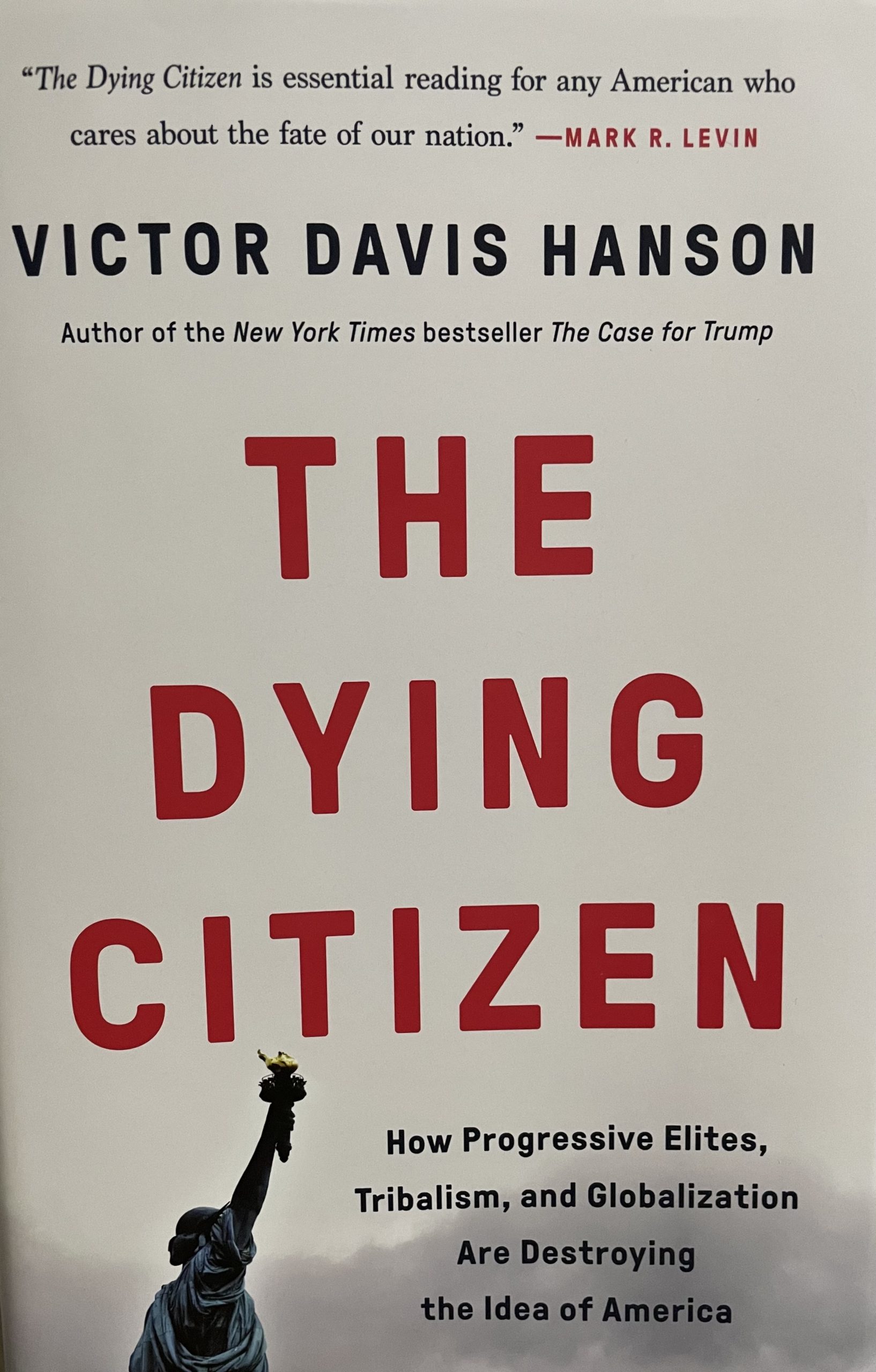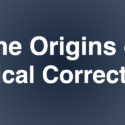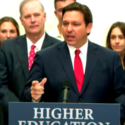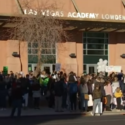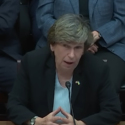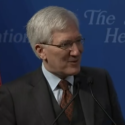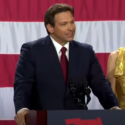If national elections were held exclusively on college campuses, America truly would become a one-party state. “While conservatives have always had to go up against a much smaller number of liberals, it is the influence of the progressives and their strategic location—in such power centers as the media and academia—that gives them the strategic advantage,” Accuracy in Media editor Cliff Kincaid writes. “Now, with their power in the Democratic Party more concentrated than ever, they are relishing a fight they think they can win.”
In fact, “A new Young America’s Foundation [YAF] study reveals that the nation’s top ten colleges gave donations almost exclusively to Democrats,” according to YAF. “Of all the 2010 candidate contribution dollars coming from these schools’ professors and staff, 84% of them went to Democrats.”
“Here is a breakdown of candidate contributions that went to Democrats for each individual school, in order of U.S. News and World Report’s rankings:
- “ Harvard University: 89%
- “Princeton University: 97%
- “Yale University: 73%
- “Columbia University: 86%
- “Stanford University: 86%
- “University of Pennsylvania: 93%
- “California Institute of Technology: 94%
- “ Massachusetts Institute of Technology: 70%
- “Dartmouth College: 47%
- “Duke University: 78%
“Our research also looked at contributions to liberal political action committees (PACs). Of all the 2010 PAC contributions dollars coming from these schools professors and staff, 94% of them went to liberal PACs.
“When totaling the dollars acquired for liberal candidates and PACs versus conservative candidates and PACs, 87% of the dollars raised went to liberal candidates and PACs.”
“Turnout among low-income voters was down while Democratic support among the affluent seems confined to those on public-sector and university payrolls,” veteran political analyst Michael Barone writes of this week’s elections.
Indeed, those two groups seem to be the only ones surviving, even thriving, in the recession, through stimulus spending packages and shovel-ready projects.
For instance, at George Washington University, “The University’s endowment saw a $41 million growth in the last three months, ending at $1.18 billion as of Sept. 30,” Madeleine Morgenstern reported in the GW Hatchet on November 4, 2010. “Though the endowment has seen improvement since its 18 percent drop between 2008 and 2009, it still has not returned to its pre-economic downturn level of $1.26 billion.”
“University administrators said the endowment is doing well despite the wavering economy, plagued by high unemployment levels and an unstable stock market.” Morgenstern goes on to note that “GW’s endowment performed in the top 5 percent for universities with endowments over $1 billion.”
We have reported that, in 2008, four-fifths of campaign contributions from GWU employees went to Democratic presidential candidates. Meanwhile, drawing on figures from the National Center for Education Statistics, the Washington Examiner reported on November 3, 2010 that:
- The average salary of a full-time professor with a Ph.D. at a four-year-degree-granting institution is $112,569;
- The average salary of a professor with a doctorate in New Jersey is $131,438;
- The median income of a four-person family in New Jersey is $90,261;
- The average salary of a professor with a doctorate in South Dakota is $82,966; and
- The median income of a four-person family in South Dakota is $61, 309.
Malcolm A. Kline is the Executive Director of Accuracy in Academia.
If you would like to comment on this article, e-mail mal.kline@academia.org

